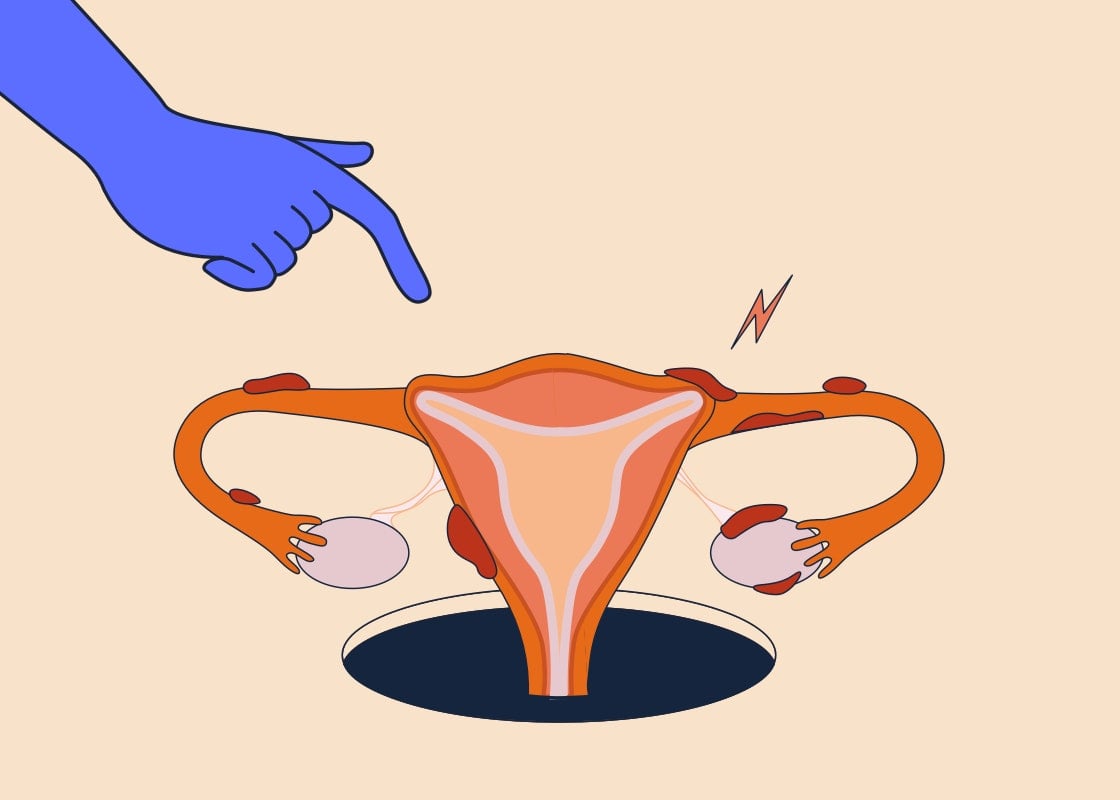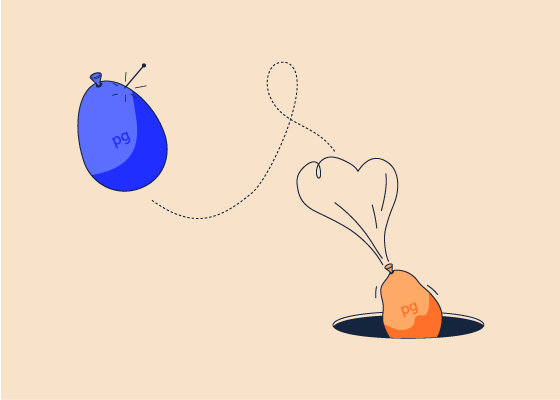Did you know that premenstrual syndrome, otherwise known as PMS is known to affect 90% of women yet it remains a highly under-researched subject (1)?
PMS involves a large number of symptoms that vary for every woman (2). What is interesting is that despite the fact that more studies are needed on this topic, we can observe that symptoms vary across populations. These findings, added to the varying access to education, make this topic a great example of how diverse and unequal access to female health can be. Let’s take a look at how women experience PMS around the world in greater detail to see the distinct manners in which it affects them.
But what is PMS exactly?
Premenstrual syndrome symptoms generally start around five to ten days before the period (2).
The symptoms in this case can be both physical and psychological. Some of the most common symptoms are
- Bloating
- Headaches
- Cramping
- Swollen or tender breasts
- Irritability
- Mood swings
- Anger and depression
- Tiredness
- Oversensitivity
- Acne
- Changes in appetite
A commonly shared experience?
International studies show how the experiences around PMS are universally shared.
One study that was run with over 7000 women from all over the world showed how women shared many similarities in terms of their experiences and symptoms (3). It also highlighted how PMS disrupted their daily life (3). The main symptoms found were both physical as well as mental: abdominal bloating, cramps, irritability, and joint/back pains. Some of the common mental symptoms were confusion, hopelessness, and poor concentration (3). The women in this study were from different areas of the globe - France, Germany, Hungary, Italy, Spain, UK, Brazil, Mexico, Hong Kong, Pakistan, Thailand, Japan, and Korea (3) which shows that geographies or climates are not the main differentiators when it comes to the PMS experience. However, this raises the question of other factors like the economic levels having a potential impact on the PMS experience. More studies looking at this topic with an intersectional lens is needed. What we do know is that it is far from being solely a western topic, despite the increased media attention to the topic in that region.
Interesting findings and lack of research on PMS
The variation in PMS in different areas of the world essentially lies in the way it is described and reported, along with the cultural perspective associated with it. There have been several investigations and studies looking into the point of distinctions in the PMS experience. According to these studies, some cultural differences have come to light on how women report their experience of PMS. For example, in China, women report more sensitivity to the cold as a symptom of PMS in comparison to American women where this symptom is generally not found (4).
Another study found that in the UK more severe mental symptoms are more likely to be reported than other European countries (5). Interestingly, UK women are similar to US women in that there are reports that women in the US are also likely to report affective symptoms (5). From studies like these, we can see how PMS symptoms and severity are likely influenced by many other variables not yet documented. Interestingly enough, some symptoms vary based on the country. These findings point to the direction that cultural environments contribute significantly to the awareness around PMS symptoms. The finding that certain symptoms vary significantly by country suggests that cultural or other factors may significantly contribute to awareness of these symptoms.
Social Stigmas Around PMS
Depending on where a woman lives, the social stigma and cultural attitudes to PMS vary. However, it seems to be a commonly taboo topic. Thus, women often do not seek out the care they need for the symptoms which can often disrupt daily life.
In an investigation based in Pakistan with 448 female participants, it was found most women were aware of PMS (96.4%) (6). However, when it came to more extreme symptoms of PMS such as those commonly associated with the premenstrual dysphoric disorder, only 19% of the women were aware. Also, almost half (49.4%) of the women did not seek treatment for their PMS symptoms (6). In this study, it was thought this was the case because women are often made to believe by society that menstruation and related subjects are not significant enough of an issue to be discussed or seek help for. Even if it’s having a negative impact on daily life (6).
In another national survey conducted in Spain, it was found that only 18.7% of women sought medical advice for their PMS (7). In the case of some women, PMS symptoms can be so severe that they are unable to go to work or school, while others are much less affected. It is common for women to present this to their doctor only when symptoms severely interfere with day to day activities (8).
The positive impact of increased awareness
Programs that provide education to women can be helpful in overcoming some symptoms by increasing awareness around this syndrome and teaching some self-care routines.
In India, it was also discovered that educational programs in schools significantly helped reduce PMS symptoms in young women. In both the urban and rural schools in India which received this program, girls reported having a decrease in the severity of the symptoms three months after the educational program (8). The educational program in this study included defining premenstrual symptoms and how they can impact various aspects of life as well as the relationship between stress and premenstrual symptoms. In addition, various self-help and self-care measures were also provided such as dietary change recommendations, ways to deal with emotional symptoms, and physical activity guidance (8).
Women do not just have to accept the discomfort that often can come with this time in the cycle, but they can actively play a role in cultivating their own comfort and well-being. Opening up the discussion and allowing for increased knowledge about this time of the month can significantly help women and reduce their discomfort.
References
1. Womenshealth.gov, Premenstrual syndrome, 2018 March 13th. Article consulted on Oct. 5th 2020. Available from: https://bit.ly/3jKbb
2. Healthline, Period Signs: 10 Signs Your Period is About to Start, 2020 March 25th. Article consulted on Oct. 5th 2020. Available from: https://bit.ly/2GQ9ahu
3. Dennerstein L, Lehert P, Heinemann K. Global study of women's experiences of premenstrual symptoms and their effects on daily life. Menopause Int National Library of Medicine, 2011 Sept. 17th, pages 88 to 95
https://pubmed.ncbi.nlm.nih.gov/21903712/
4. Chrisler JC, Caplan P. The strange case of Dr. Jekyll and Ms. Hyde: how PMS became a cultural phenomenon and a psychiatric disorder. Annu Rev Sex Res. 2002, pages 274-306
https://pubmed.ncbi.nlm.nih.gov/12836734/
5. Dennerstein L, Lehert P, Bäckström TC, Heinemann K. Premenstrual symptoms – severity, duration and typology: an international cross-sectional study. Menopause International. 2009;15, pages 120 to 126
https://journals.sagepub.com/doi/abs/10.1258/mi.2009.009030
6. Mohib A, Zafar A, Najam A, Tanveer H, Rehman R. Premenstrual Syndrome: Existence, Knowledge, and Attitude Among Female University Students in Karachi. Cureus. 2018 Mar 8th;10(3) Available from: https://bit.ly/3jGBcdY
6. Lete I, Dueñas JL, Serrano I, Doval JL, Martínez-Salmeán J, Coll C, Pérez-Campos E, Arbat A. Attitudes of Spanish women toward premenstrual symptoms, premenstrual syndrome and premenstrual dysphoric disorder: results of a nationwide survey. Eur J Obstet Gynecol Reprod Biol. 2011 Nov;159(1): pages115-8, available from: https://bit.ly/3ekCGZw
7. Janita P. C. Chau, Anne M. Chang, Effects of an educational programme on adolescents with premenstrual syndrome, Health Education Research, December 1999, Vol.14, Issue 6, pages 817–830. Available from: https://bit.ly/3jNddJq




